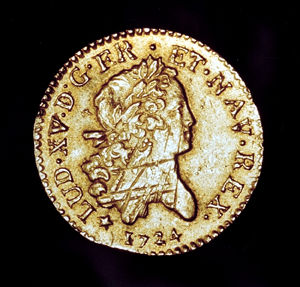
Antimony (Sb) is a silvery-white, lustrous, crystalline solid. Uncharacteristically for metals, it is brittle and conducts heat and electricity poorly. Antimony melts at 630°C and boils at 1380°C. The mineral stibnite is the most important source of antimony. Antimony is also recovered as a by-product of nonferrous metal production. Most antimony comes from ores upgraded by flotation. Antimony is recovered from lead ores as antimonial lead (see Metallurgy). It is a toxic substance.
Antimony has been used for about 6000 years; stibnite was used as a medicine and a cosmetic while metallic antimony was used to coat copper objects. Today, much more antimony is used in the trioxide form than the metallic form. The major uses for antimony trioxide include flame retardants, ceramics, paints, glass decolourizers and chemicals. Antimony metal is used in lead alloys to impart hardness and strength to lead. Other uses of lead-antimony alloys include cable sheathing and bearing alloys.
Antimony minerals are common in the Cordilleran and Appalachian regions of Canada. Antimony is recovered as a lead by-product by Teck Cominco (formerly Cominco Ltd) in BC and Noranda's Brunswick Mining and Smelting Ltd in New Brunswick. It is also recovered from the recycling of lead-acid automobile batteries by Tonolli Canada Ltd in Toronto, Nova Pb Inc in Québec and Noranda's Brunswick Battery Recycling Plant in Belledune, NB. The Lake George mine in New Brunswick, closed since 1989, was re-opened by Apocan Inc in 1996. In Newfoundland the Beaver Brook mine was opened in 1997 by Roycefield Resources Ltd. Canada's annual production of antimony is approximately 364 000 kg.

 Share on Facebook
Share on Facebook Share on X
Share on X Share by Email
Share by Email Share on Google Classroom
Share on Google Classroom


